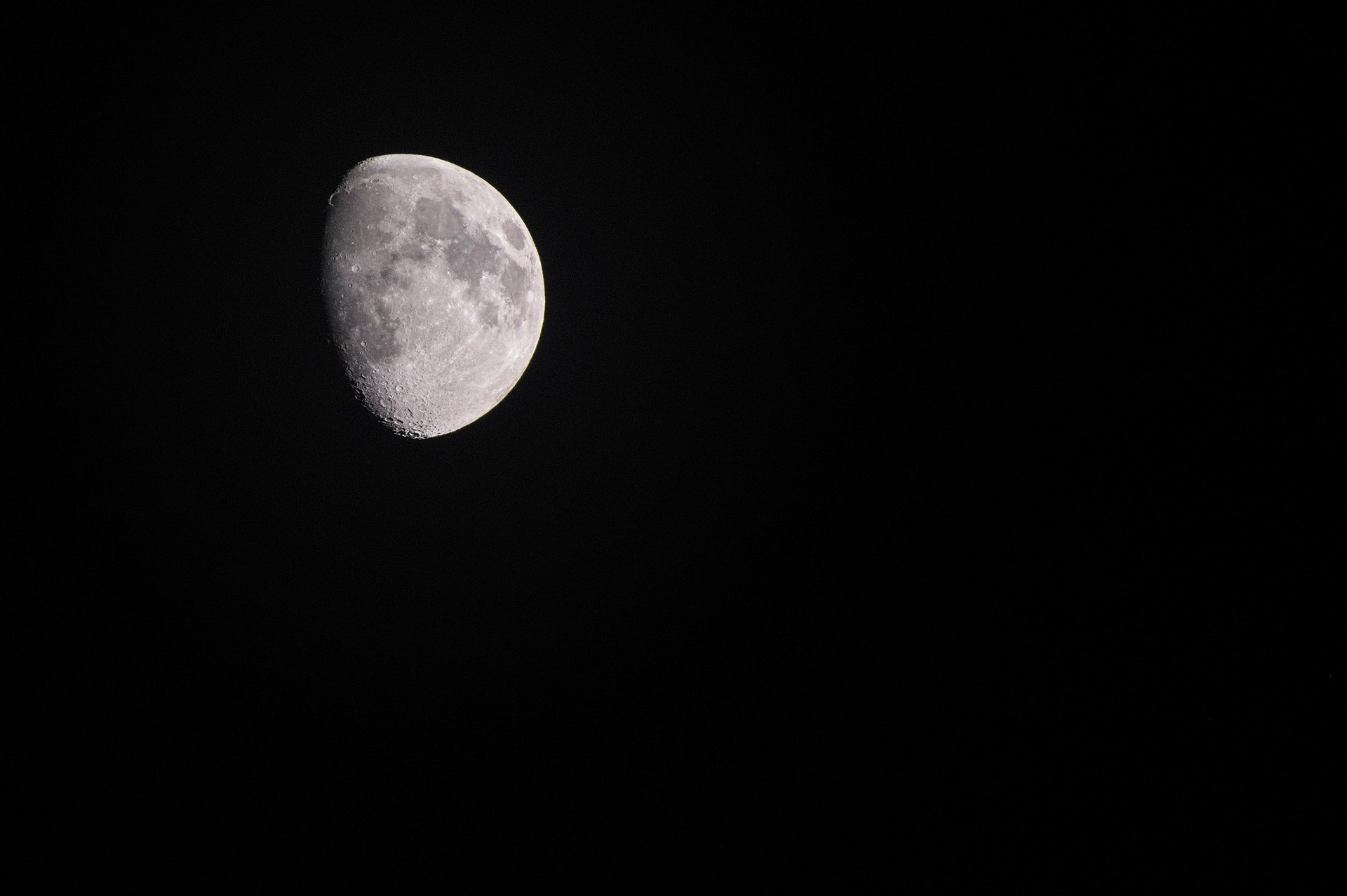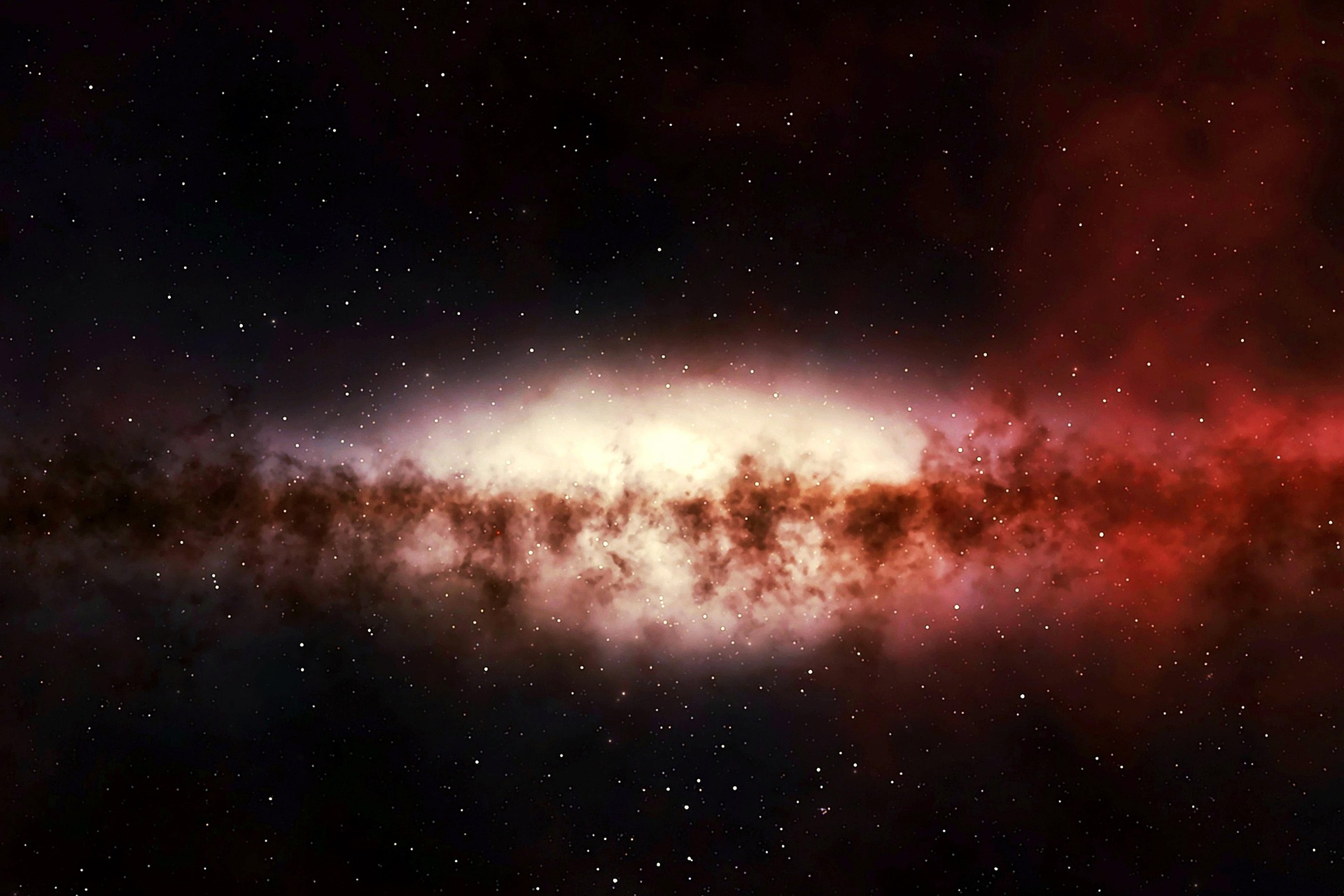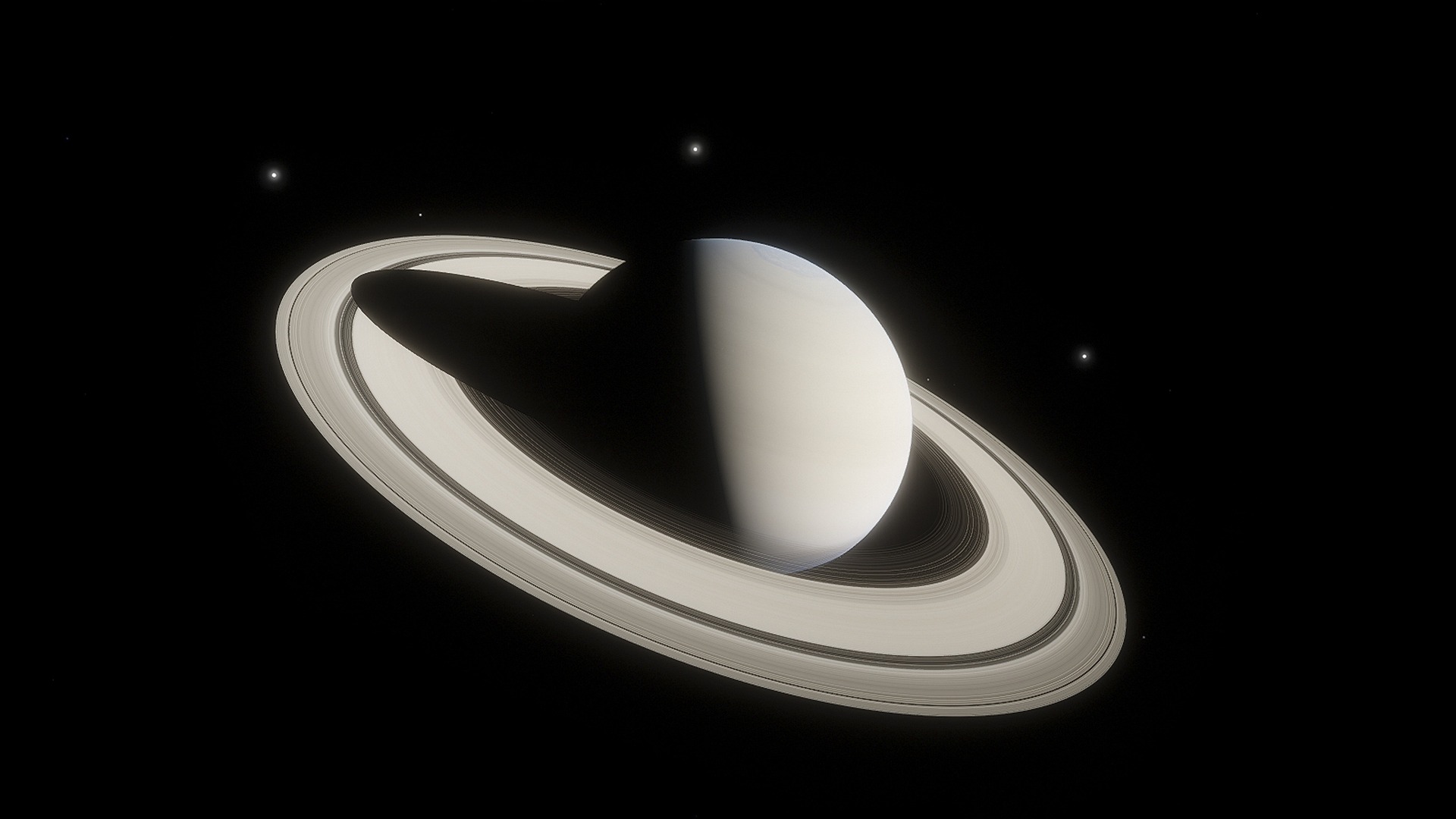In a stunning discovery, scientists have determined that two massive lunar canyons—Vallis Planck and Vallis Schrödinger—were created in under 10 minutes by a catastrophic rain of rock debris. The finding significantly deepens our understanding of lunar geology and has major implications for upcoming crewed missions to the Moon.
The impact event that changed the Moon
Roughly 3.8 billion years ago, a 25-kilometer-wide asteroid or comet slammed into the Moon near its south pole. The energy unleashed by the impact was immense—about 130 times greater than the entire stockpile of nuclear weapons on Earth today. This cosmic collision blasted a plume of rock into space, which quickly fell back onto the lunar surface in a high-speed barrage, reaching velocities of 3,600 kilometers per hour.
This intense and rapid bombardment carved out two vast canyons on the Moon’s surface. Vallis Planck stretches about 280 kilometers long and drops 3.5 kilometers deep, while Vallis Schrödinger extends 270 kilometers with a depth of 2.7 kilometers. These canyons remain stark and well-preserved due to the Moon’s lack of atmosphere and tectonic activity.
Fast formation, frozen in time
Using detailed topographical data from NASA’s Lunar Reconnaissance Orbiter, researchers ran simulations to reconstruct the event. The models showed that both canyons were carved out in mere minutes—highlighting the extreme violence of lunar history. Unlike Earth’s Grand Canyon, which formed over millions of years, these formations were born from sudden, catastrophic forces.
The preservation of these features offers scientists a rare geological record of early solar system dynamics, frozen in time by the Moon’s stable surface environment.
Key implications for Artemis and beyond
The proximity of these canyons to the lunar south pole has caught NASA’s attention. The Artemis program, which plans to return astronauts to the Moon, sees this region as a high-value exploration target. The impact event likely brought up deep, ancient materials from the Moon’s interior, making the canyons prime locations for studying the Moon’s origins.
These sites could provide astronauts with critical samples that shed light on the early solar system—and may even influence the planning of future lunar bases. As interest in lunar exploration accelerates, findings like these will shape where we go and what we hope to learn from our closest celestial neighbor.





